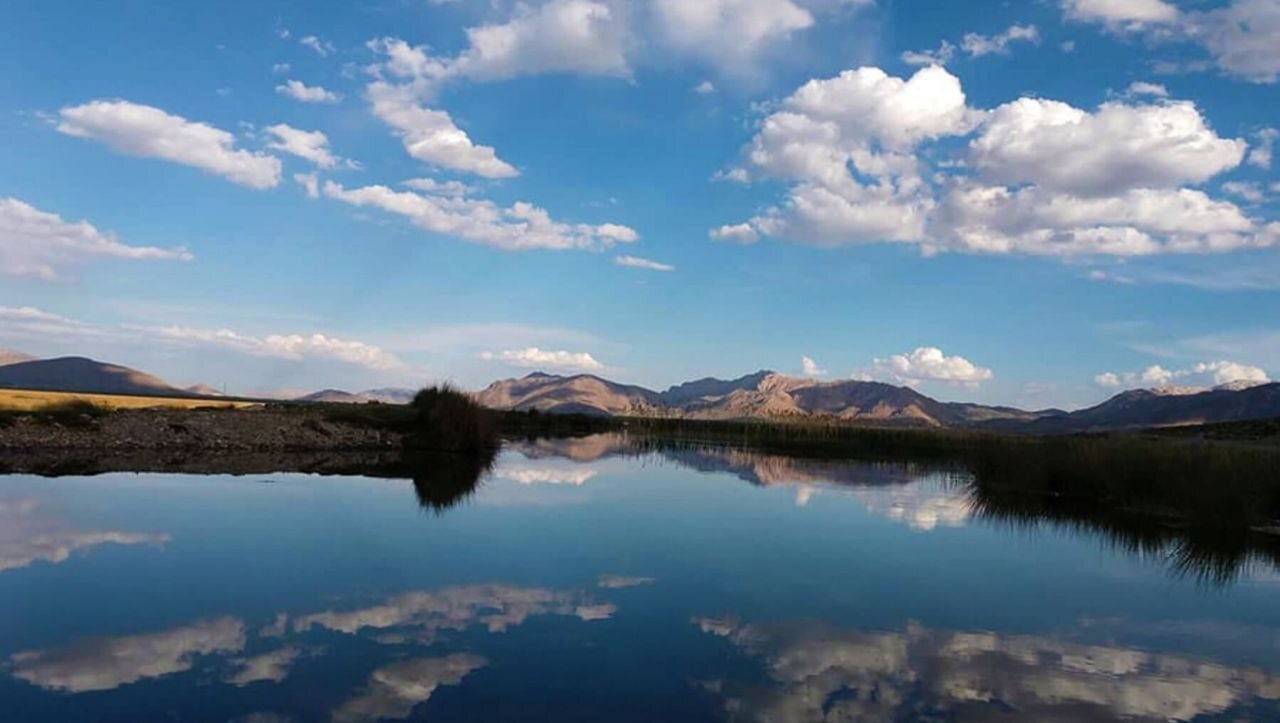Gandoman Joins Ramsar Convention: Iran’s 27th Wetland Designated for Global Conservation
The Gandoman wetland, a crucial inland freshwater ecosystem nestled in the Middle Zagros mountain range, has recently achieved recognition as Iran’s 27th wetland of international significance. Spanning an impressive 1,070 hectares, this wetland is located in Borujen county, within the Chaharmahal-Bakhtiari province. It stands out as one of the top five birdwatching destinations in the country and serves as a vital permanent habitat for migratory bird species.
Among the remarkable features of Gandoman wetland is its rich plant diversity, showcasing 129 species from 32 families and 87 genera. Additionally, it provides a sanctuary for the endemic Zagros pupfish and serves as an essential wintering ground for various bird species, including the critically endangered sociable lapwing and the vulnerable common pochard.
Despite the wetland’s ecological importance, it faces numerous threats such as drought, climate change, fire, and pollution. To combat these challenges, experts routinely monitor the site in line with the Gandoman Wetland Management Plan. Local communities are also actively involved in preserving the wetland, recognizing its significance to their livelihoods and spiritual beliefs.
The recognition of Gandoman as a wetland of international importance, along with its accreditation as a Ramsar wetland city, has been a collaborative effort spearheaded by the Department of Environment. Notably, Gandoman joins two other cities, Babol in northern Mazandaran province and Kiashahr in northern Gilan province, in receiving this prestigious accreditation.
Understanding the Importance of Wetlands
Wetlands are vital ecosystems where water plays a crucial role in shaping the environment and supporting diverse plant and animal life. A comprehensive definition of wetlands encompasses:
- Freshwater ecosystems such as lakes and rivers
- Marine and coastal ecosystems, including swamps and marshes
- Wet grasslands, peatlands, and estuaries
- Deltas and tidal flats
- Human-made sites such as fishponds and rice paddies
These ecosystems are indispensable for both people and nature due to their numerous benefits, including:
- Environmental and climate regulation
- Ecological balance and biodiversity support
- Social and economic contributions
- Scientific and educational value
- Cultural and recreational significance
In Iran, a total of 141 wetlands with ecological value have been identified, covering an area exceeding 3 million hectares. Out of these, 27 wetlands are recognized as wetlands of international importance under the Ramsar Convention.
According to Mehri Asna-Ashari, an official from the Department of Environment, conservation initiatives for Iranian wetlands have led to a remarkable 27.5% decrease in irrigation water usage while simultaneously increasing agricultural yields by 22.5%.
Asna-Ashari further highlighted that currently, 49 wetlands, which account for approximately 22% of the country’s total wetlands, are being preserved through a native ecosystem management partnership. Since 2021, conservation efforts have focused on three key wetlands: Shadegan in Khuzestan province, Bakhtegan in Fars province, and Urmia in West Azarbaijan province.
To promote sustainable farming practices, the project has successfully trained 2,433 farmers. By February 2024, outcomes indicated that average agricultural production increased by 22.5%, while irrigation water usage decreased by 27.5%. Additionally, the consumption of chemical fertilizers was reduced by 25% to 30%, resulting in a 14% increase in farmers’ income.
The project has also seen the establishment of 26 non-governmental organizations (NGOs) and 181 livelihood support groups, along with the implementation of alternative livelihood plans in 44 villages. These achievements underscore the collaborative efforts to protect and sustain Iran’s vital wetland ecosystems.
In conclusion, the recognition of Gandoman wetland as an internationally significant site is not only a win for environmental conservation but also a testament to the vital role wetlands play in supporting biodiversity, community livelihoods, and sustainable development.






